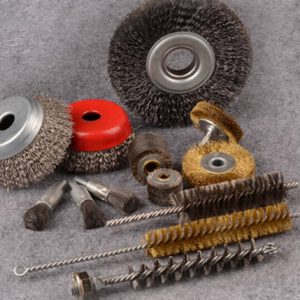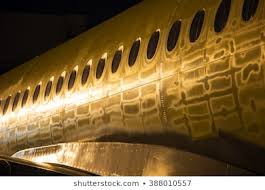What is Mil-PRF-131K Aluminum Foil?
Aluminum foil – Mil-PRF-131K material is a poly foil laminate water-vapor proof barrier aluminum masking material. It is commonly used by aircraft refinishers to mask windows and other areas of the aircraft to prevent damage from paint strippers and other chemicals. This material is also used to make barrier bags and shrouds for corrosion prevention protection.
These materials can be converted into customized barrier bags to fit your products perfectly and efficiently. Alert Sales supplies rolls for all size jobs including small and odd jobs. Due to the inner layer of Polyethylene, the material can seal to itself with a simple handheld heat sealer, ideally with a straight bar sealer providing heat from the top and bottom simultaneously. This allows the material to be converted into custom Vapor Barrier bags.
When using Mil-PRF-131K materials, you know that you are getting the highest quality material. Due to the durability of the aluminum masking material, it is perfect for heavy machinery transport or storage for products of any size. If your product is susceptible to moisture damage our Mil-PRF-131 Class 1 laminates are the ultimate solution.
Performance Specifications for Mil-PRF-131K
What makes aluminum foil – Mil-PRF-131K materials the ultimate aluminum masking solution for the protection of your products? These materials display a high tear and puncture resistance as well as incredible barrier properties. Because of this, Mil-PRF-131K materials are ideal for large objects in need of protection from corrosion, moisture vapor damage, oxidization and outside contamination either during shipment or storage.
Aluminum foil – Mil-PRF-131K materials must undergo rigorous testing for them to be registered with the US Naval Labs Qualified Products Database (QPD). All testing specifications must be identical to the end product to ensure that there have been no unapproved changes made that could potentially damage your products. If the end material is not identical to the tested material, it could also result in the material being rejected and removed from the US Naval Labs Qualified Products Database. All testing methods must be tested with an atmosphere having a relative humidity of 50 plus/minus 5% and a temperature from 73 plus/minus 3 ℉.




